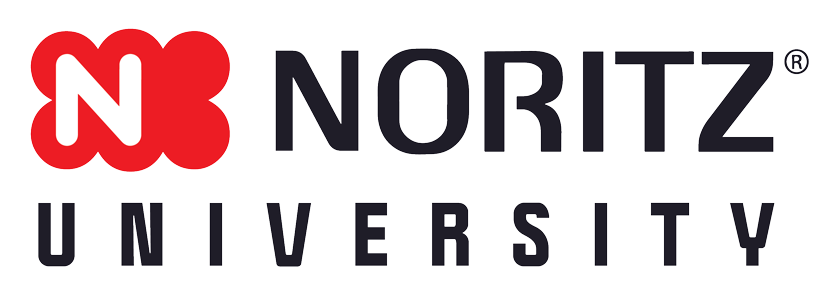Installation Overview
Review the installation of the utility connections to the tankless water heater.
Water Quality
Hard water quality affects all appliances that use hot water. At the source of hot water production, the water quality determines the amount of scale (hard water precipitants out of solution) formation. The scale can build up in the heat exchanger and pass through water valve components and eventually to the fixture outlets in the plumbing. The scale formation can decrease the available hot water supply from the heater and out the fixtures. Scale also acts as an insulator to the water heating process and can cause the majority of heat transfer to the surface of the heat exchangers instead of the water. Refer to the installation manuals water treatment tables and water quality constituents to protect the operation of the water heater.
Gas Supply Pressure
Gas supply is responsible for raising the temperature of the water during combustion. Insufficient gas supply will result in underheated water and error codes. Additionally, the heaters are rated for natural gas or propane supply.
Combustion Air
Sufficient air supply is required for proper combustion. Without air supply, combustion cannot occur and the lack of air supply will result in fuel rich burning that can cause soot buildup and error codes
Vent Clearances
The exhaust clearances are set by National Fuel Gas Code and represent safe distances to protect the appliance from gas build up and safe operation from other appliances. The clearances also protect end users from exhaust flows entering buildings.
Dipswitch Settings
Dipswitch settings affect the fan motors operation. The fan modulates its RPMs to intake air and gas for proper combustion. They fine tune the settings of the fan motor to accommodate elevation, vent configuration and length and diameter.
